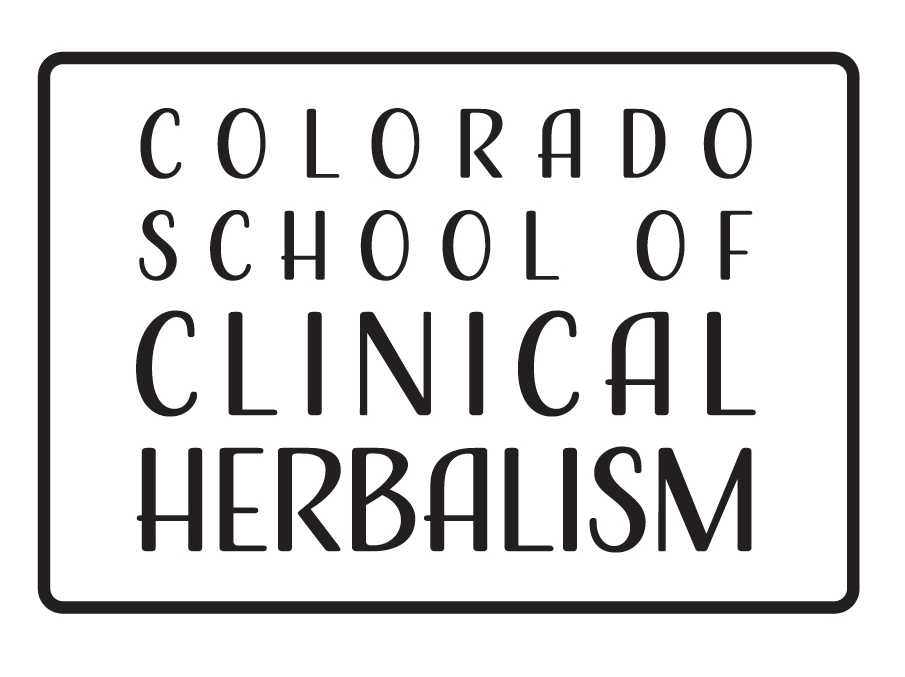Dandelion (Taraxacum officinale) root & leaf
Energetics: cool and dry; bitter tonic, vital stimulant, with some relaxant character
Actions: alterative, nutritive, bitter tonic, hepatic and digestive stimulant, diuretic (especially the leaf). Flowers: nutritive, trophorestorative, systemic protective against free radical damage and chronic inflammation
The versatile Dandelion (Taraxacum officinale) has many actions, including being an alterative and trophorestorative. ‘Alterative’ is a historical term that was commonly used throughout the 1700s – 1900s. Alteratives like Dandelion root support function by influencing the entire range of metabolism, nutrition, assimilation, cleansing / detoxification, and elimination. Dandelion root especially focuses these actions on the liver, digestive system, and kidneys. Alterative herbs are usually indicated for longer-term use and can be helpful in restoring vitality in chronic diseases. Dandelion (especially the flowers) can also be thought of as trophorestorative – gradually restoring normal function; it nourishes and nurses a tissue, organ, or system back to health. The leaves also share this quality, being rich in multiple important nutrients and phytochemicals.
Detoxification
The body’s detoxification mechanisms include the Phase I (CYP 450) and Phase II (conjugation) enzyme systems. These enzymes are concentrated in the liver (which is why we think of it as the major organ of detoxification) but are also very active in the kidneys and the mucosa of the digestive system. Supplying this system with the nutrients it needs for optimal function is a major part of the Vitalist approach for cleansing, nourishing, and restoring vibrant health. Dandelion fits this bill perfectly with its rich supply of vitamins, minerals and trace minerals which function as necessary enzyme cofactors and supportive substances for detoxification.
Nutrients and phytochemicals in Dandelion that support detoxification and general health
- Magnesium
- Potassium
- Zinc
- Copper
- Selenium
- Vitamin C
- B vitamins
- Polyphenolic antioxidants
- Carotenoids (oil-soluble antioxidants)
- Chlorophyll (nourishes and detoxifies)
Although many people focus on the root or leaf of this herb, the flowers are also a potent medicinal food. Polyphenols in the flowers include ferulic, caffeic, sinapic, chlorogenic, and chicoric acids (phenylpropanoids); and flavonoids including luteolin, isorhamnetin, apigenin, and quercetin; along with flavonoid glycosides: luteolin 7-glucoside, luteolin 7-O-rutinoside, isorhamnetin 3-O-glucoside, quercetin 7-O-glucoside and apigenin 7-O-glucoside. These constituents are anti-inflammatory, antimutagenic, and can activate the body’s endogenous antioxidant systems.
Dandelion flowers are also rich in carotenoids and xanthophylls (oil-soluble antioxidants) including lutein and zeaxanthin, which have a well-established role in protecting the macula lutea (yellow spot – it’s yellow because it accumulates these compounds) of the retina against UV damage and the potential development of macular degeneration. The flowers also contain the synergistic xanthophylls called violaxanthin and neoxanthin, along with carotenes. This combination of carotenoids helps to protect cells (including skin cells) against free radical damage. Several studies have also found that Dandelion carotenoids are protective to the respiratory system and may help prevent inflammation in the lungs.
The flowers also contain a low level of sesquiterpene lactones, terpenoid constituents which also have anti-inflammatory and antimutagenic activity; but if you are allergic to other Asteraceae plants like Ragweed (Ambrosia) or Chamomile (Matricaria), you may want to avoid eating Dandelion flowers as it’s possible to have a cross-reaction to these constituents.
How to use Dandelion flower medicine
These lovely golden flowers don’t dry well, so they are best used as a medicinal food. During Dandelion season, I do it the easy way: I pick 5-10 big, fat, delicious flowers and eat them almost every day! So eat as many as you like, but remember to leave some for the bees as well – Dandelions are one of their most important sources of early spring nectar and pollen.
For more information
- Evaluation of antioxidant activity of phenolic fractions from the leaves and petals of dandelion in human plasma treated with H2O2 and H2O2/Fe. PMID: 27923645
- Antioxidant, Prooxidant, and Cytotoxic Activities of Solvent-Fractionated Dandelion (Taraxacum officinale) Flower Extracts in vitro. PMID 12502425.
- Dandelion (Taraxacum officinale) flower extract suppresses both reactive oxygen species and nitric oxide and prevents lipid oxidation in vitro. PMID: 16121519
- Dandelion Extracts Protect Human Skin Fibroblasts from UVB Damage and Cellular Senescence. PMCID: PMC4630464.
- Taraxacum – a review of its phytochemical and pharmacological profile. PMID: 16950583.


